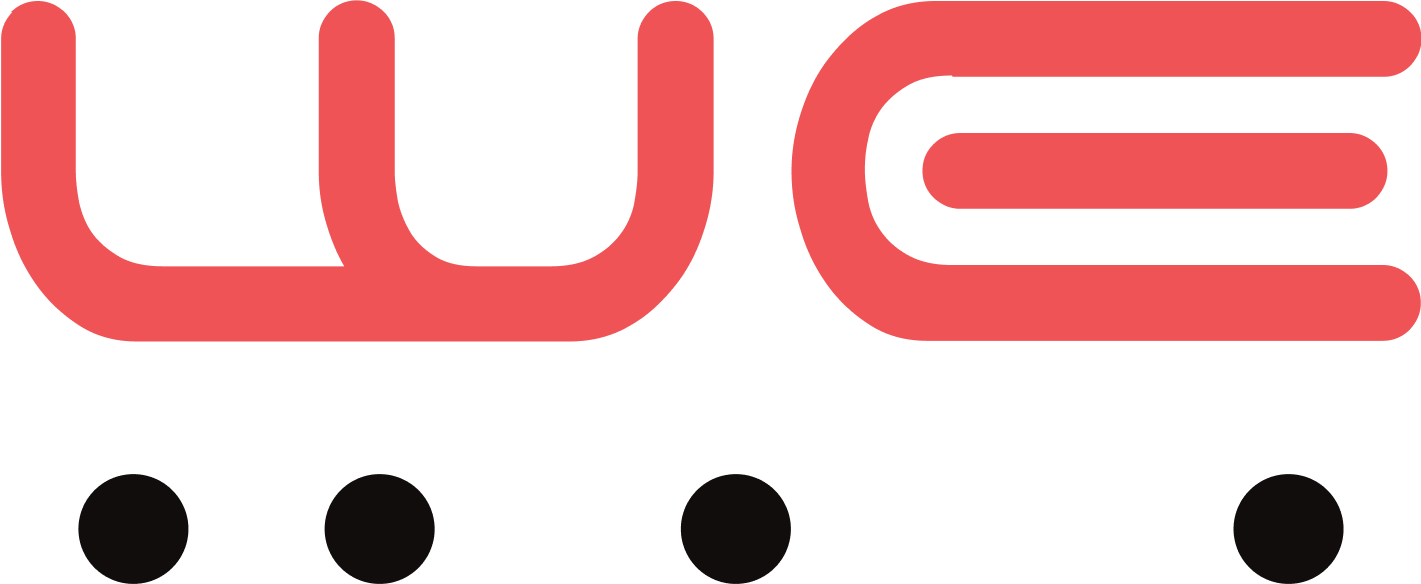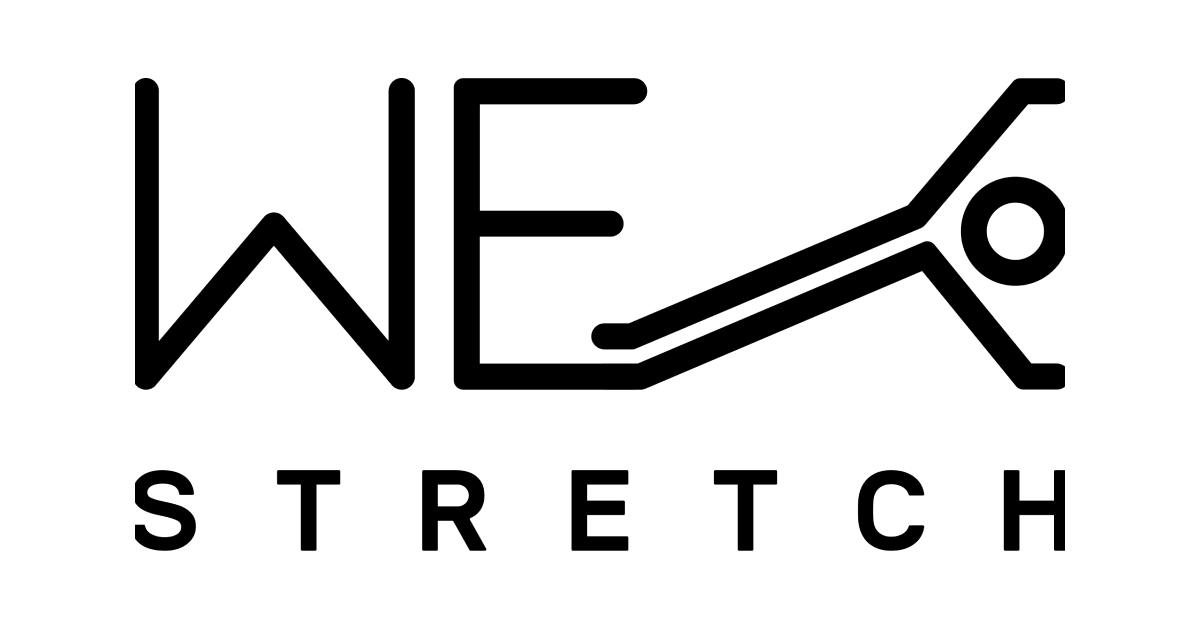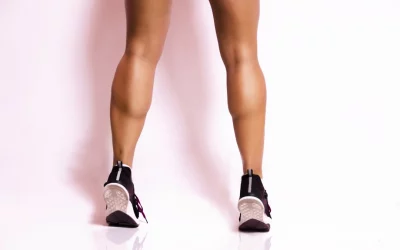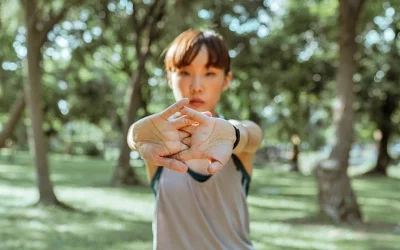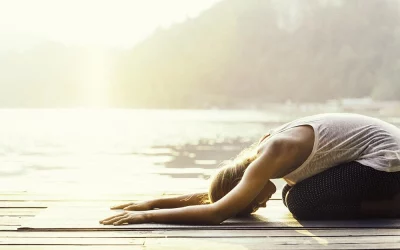WeStretch has a stretching routine option for every person with every reason for stretching. With the 9 types of stretches, there is definitely a stretch for everybody.
Customize The Types Of Stretches That Are Best For You.
What truly makes WeStretch for everyone is the ability to customize your routine. It does not matter if you can’t make it to the floor or you have a broken arm that you don’t want to move. There is a stretch for you!
WeStretch was initially designed to support our physical health as we age. There is everything from simple daily stretches to more complicated routines that build your strength and more!
Everyone should be able to do whichever routine they want, so there are two main ways to customize your routines- removing specific poses and removing specific joints.
Removing specific poses.
This option allows you to do poses that you can do comfortably. If you have trouble getting to the floor quickly, like Kim, you can choose to do specifically just standing poses or poses that won’t have you getting up off the floor.
For a challenge, you can choose a routine that comprises solely lunges and planks- if you dare!
Removing specific joints.
When you sprain your wrist, the last thing on your mind is exercise. By removing specific joints, you can still stretch and do your exercise routine without worrying about the pain. WeStretch’s algorithm recognizes which stretches will put pressure on your specific joints and will remove them from your routine.
The 9 Different Types Of Stretching Routines!
There is a routine for every purpose- from stretching out the sore spots to preparing you to kick butt on the basketball court- there is a stretch for you!
(Plus, you can remove poses or joints and still do any of the options below!)
Types of stretches for everyday life.
1. The fundamental routine.
This is the routine that everyone has access to free AND premium users!
Best for: Whenever you need to get stretching and moving. This can be done any time of day or night and works to methodically move every joint in every direction. The joints that are left out of this routine will be caught in the next one. This means that none of your joints will be overworked or forgotten!
What it looks like: You’ll stretch in each position a total of six times, holding each pose between 2-7 seconds. This will give you a variety of all types of poses, but with similar poses being grouped together.
2. Pain relief/ joint-focused routines.
Best for: Any joint that feels stiff or sore, or that needs a bit of attention. These types of stretches can reduce the frequency of physical therapy appointments and assist your therapist with pain management. If you wake up with a twinge in your neck or if your hips hurt from sitting all day, do a few minutes of stretching focused on your sore spot. One routine is often enough to see improvement, but don’t hesitate to do a few sessions to loosen tight muscles!
If the pain worsens, stop immediately and contact your healthcare practitioner. While WeStretch is not a replacement for medical advice.
What it looks like: Each pose is done six times, held for 2-7 seconds. This is like our fundamental routine, but each pose is targeting a specific area to improve circulation and offer pain relief.
3. Aerobic routines.
Best for: You want to get moving, your heart pumping, and your body warmed up. If you want to do simple cardio at home, but don’t know how or where to start, this is the routine for you!
What it looks like: Each stretch is only a quick hold, keeping your body moving. This routine is great for a full-body activation or warmup, as each stretch is only done once.
There are four different levels of aerobic activity, with the difference being the frequency you go to the floor.
4. Strengthening.
Best for: Moving more in a stretching routine and increasing functional strength. Functional strength is the ability to do everyday tasks with ease, such as standing up from the floor or carrying groceries.
There are 6 different levels of strengthening, each one becoming increasingly more difficult. If you want to learn more about our strengthening routines, check out our post explaining them in more detail.
What it looks like: The strengthening routines are comprised of two main parts- stretching each pose once and moving your body weight around. The movement consists of shifting your body between the sixteen base poses, such as going from a knee sit, to lying on your stomach, to standing with your arms over your head within seconds. In the stretching portion of this routine, you are given a mixture of difficult and easy poses, which both push you and allow you to catch your breath.
5. Pregnancy routines
Best for: People who are pregnant and want to stay active in a safe way.
What it looks like: These pregnancy workouts are very similar to the fundamental routine, except that they focus on stretches that are safe for pregnancy. There are two options- one for the first & second trimesters, and one for the third trimester. The first one will still have you carefully getting down to the floor twice, whereas the third trimester only has you move to the floor once at the end of the routine, focusing on safe movement for you and your baby.
WeStretch offers three types of sport-focused stretches!
To learn a bit more about what makes these specific types of stretches important, check out our post about stretching for your sport!
6. Warm-up.
Best for: Body activation 10-15 minutes before you start exercising to get your body warmed up by increasing your range of motion, getting your blood circulating, and becoming mentally prepared for exercise.
What it looks like: You do each pose only once with a quick hold. This covers as many joints and movements as possible without losing muscle strength or tension, which are essential for many sports.
7. Cool down.
Best for: After exercising. By stretching after exercise, you allow your body to cool down and return to normal in a safe and controlled way. Stretching after exercise is the best way to help your body to recover and to prevent delayed onset muscle soreness.
What it looks like: Each pose is done only once but is held for 7-10 seconds. This allows as many joints and muscles to be stretched out as possible while allowing your body to release tension after exercise.
8. Sport improvement.
Best for: Training your body outside of the game itself. This type of training is perfect for any time of day. (Though, it can impair performance if done immediately before exercising, since your muscles become relaxed and unable to react as quickly.)
These routines are where you can improve your splits, work on your golf rotation, and increase your shoulder flexibility for volleyball, among other things. By regularly stretching, you strengthen the muscles used in your sport, which promotes body awareness and reduces the chance of sport-related injuries over time.
What it looks like: Each pose is done a total of five times throughout the routine. What is special about these routines is that the first time you do each pose, you only hold it briefly as muscle activation. Each time after that, the poses are held for anywhere from 7-30 seconds, depending on your stretching history.
If you don’t warm up or activate your muscles before seriously stretching, you can injure yourself.
The longer-held stretches are where you gain muscle length and improve flexibility.
Stretching for the workplace.
9a. Desk Jockey
Best for: Anyone who works at a computer, desk, or sitting down for long periods of time. (These routines can even be used for Netflix binges- we won’t tell anyone!)
What it looks like: There are two types of Desk Jockey routines- the “Break Time” (similar to sport warm-up) and “Posture Improvement” (sport improvement routine). The Break Time routine focuses on doing the opposite motions from typical work actions, such as neck stretches and opening your hips. The Posture Improvement routine focuses on stretches that help to strengthen your posture, preventing sitting-related injuries down the road.
9b. Manual Labour
Best for: Anyone who moves their body for work. Whether it’s hauling wheelbarrows, painting houses, or squatting to inspect pipes, these routines will keep you feeling great throughout your workday.
What it looks like: There are two options: “Quick Paced Warm Up” and the “Mobility and Joint Health.” The warmup offers a variety of one-time stretches to get your muscles activated and ready for work, while the Mobility and Joint Health focus on repeating each stretch five times to strengthen and maintain your physical health as you work.
Each type of stretching has its own purpose.
Whether your goal is to fix your aching back, nail your middle splits, or simply just to get moving more, there is a type of stretching routine that will work for you.
Try a few of the different styles of routines to discover which you like best. (We recommend doing a hip injury routine before you work on your splits to be able to ease even deeper into each stretch.
Each routine and type of stretch will offer your body something different. Customize your stretches to what works best for you!
Any links included are for reference, additional information, or entertainment value only, without monetary compensation. Contact us on social media or at [email protected]. Photos courtesy of Unsplash.
This article is not intended to act as or replace medical advice. Please talk to your healthcare practitioner if you have any concerns.
Written by Kayla Willsey
Updated June 14, 2021
